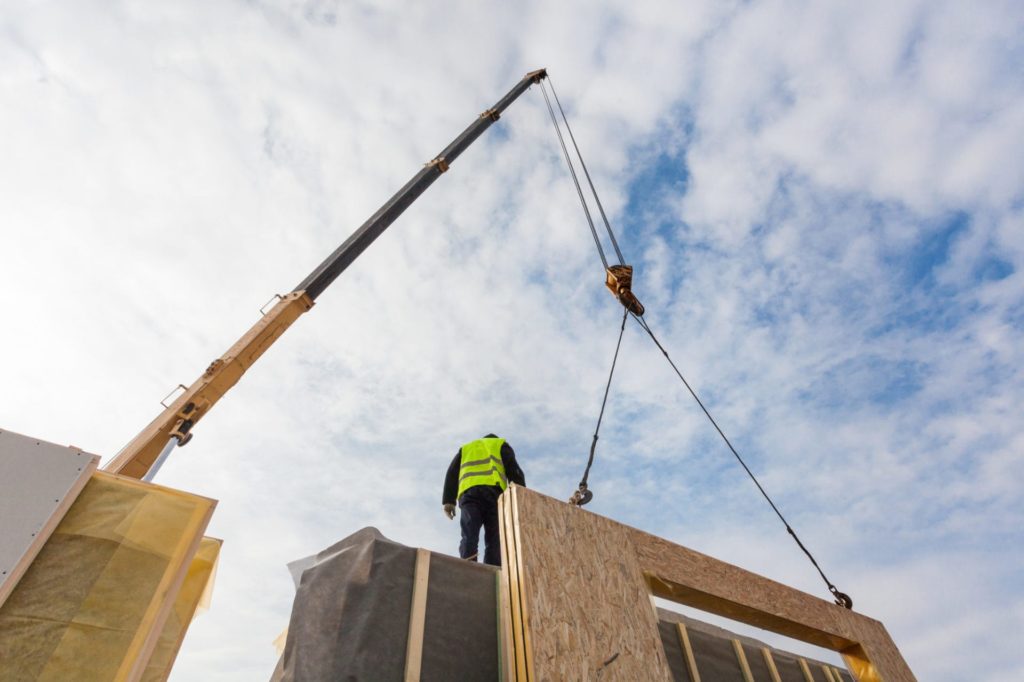
Publish or perish: The legal consequences of failing to publish Section 106 Agreements

By James Clark, Marianne Ironside, Liz Graham
26 Jun 2025 | 5 minute read
Procedure, in public law, is everything. And so it was the case in a recent Court of Appeal decision that has had planning lawyers up and down the country sitting up and taking note. On 16 April 2025, after a two-day hearing, the judgment in the case of Greenfields (IOW) Limited v Isle of Wight Council 2025 EWCA Civ 488 was handed down. The part of the judgment that has caught the most attention is the court's conclusion that a Section 106 Agreement prepared in accordance with a planning application must be published before the grant of planning permission is made by the local planning authority (in this case Isle of Wight Council) or the planning permission could be rendered invalid.
On the face of it, this sounds like a simple and unremarkable statement, yet as many in the planning community will have experienced, it is common practice for local planning authorities to publish the final Section 106 Agreement either alongside the Decision Notice granting planning permission, or shortly after the Decision Notice is published. It is uncommon for the publication to take place before the planning permission is granted.
A Section 106 Agreement is a specific form of agreement between the local planning authority and those with an interest in the application site, which is negotiated alongside a planning application. The Section 106 Agreement secures certain funding and infrastructure commitments from the developer to mitigate the impact of a development, and typically goes towards providing and improving key areas such as affordable housing, education, highways works and biodiversity. This particular case was concerned with contributions towards highways improvements and a judicial review challenge was brought by an association of local residents (Greenfields (IOW) Limited). Their concern was that the amount of the highways contribution eventually agreed in the final Section 106 Agreement was substantially less than the amount previously indicated in the consultation documents prior to its publication.
The Court of Appeal judge agreed with Greenfields, saying that the local planning authority had failed to comply with article 40(3) of the Town and Country Planning (Development Management Procedure) (England) Order 2015 (“DMPO”), which requires a copy of any planning obligation to be made available on the planning register (the local planning authority's publicly available depository of planning applications). Making these details publicly available allows the public to comment on developments that affect their area.
What tripped up the local planning authority in this instance was that it is common practice for details of the obligations that will be included in the Section 106 Agreement to be published in the officer's report prior to the grant of planning permission, with the completed Section 106 Agreement being published at a later date. However, the judge said that publishing the details in this way did not constitute 'substantial compliance' with the regulations because the amount of the contribution stated in the report was significantly different from that agreed in the Section 106 Agreement. The result was that Greenfields had been unable to comment on a matter that they were highly likely to have commented on (they had previously raised concerns about the highways works and there was evidence they were routinely checking the planning register for updates) and the judge concluded that the outcome was likely to have been substantially different had the regulations been properly complied with. Consequently, the decision to grant planning permission was unlawful and the planning permission was quashed.
Our thoughts
This is likely to be a wake-up call for local planning authorities and developers alike as, although there is an awareness of the need to comply with article 40(3), the exact way in which local planning authorities comply with this duty has been brought under scrutiny and there may be many who are not compliant and therefore risk the same challenge.
Despite the general note of caution this case has raised, there are two key points from this judgment that provide some mitigation and are worth bearing in mind:
- The judge concluded that failing to comply with article 40(3) does not automatically render a planning permission invalid. Whether a grant has been made unlawfully will depend on whether the failure to comply with the publication order resulted in prejudice to the democratic process. Therefore, failing to publish the Section 106 Agreement before the grant will not necessarily void a permission.
- Facts are important – the reason this case proved problematic for the local planning authority was because there was a discrepancy between the highways contribution as originally published and as later agreed in the Section 106 Agreement, and Greenfields could therefore argue that they had been deprived of their ability to comment on the actual sum of the contribution. Furthermore, there was good evidence that Greenfields were highly invested in the outcome of the application and had raised concerns about the level of the highways works contribution, with the result being that, had the final Section 106 Agreement been published earlier, the outcome as it concerned the highways contribution may arguably have been different. The judge indicated that if there was no evidence that the earlier publication would have had any impact, then the grant may not have been unlawful.
What is not clear from this judgment is what additional duties this now places on local planning authorities. The judge stated that the Section 106 Agreement should be published to allow comment but how long a period needs to be provided to ensure the duty is complied with? Will this simply add more delays to the planning system in a period when all efforts are currently going towards reversing what is already a lengthy and convoluted process?
In the absence of any further guidance from the courts, it would be prudent for local planning authorities to tighten up their procedures and ensure that Section 106 Agreements are published prior to the grant of planning permission or, at the very least, that everything reported on prior to the grant completely captures what will be agreed in the Section 106 Agreement. As to how long a consultation period needs to be given, this will likely be fact specific, but sufficient time will need to be allowed for public comment, with the amount of time depending on the development. This period for comment could commence once the agreement is agreed and is in the process of being signed by the various parties, assuming it has been made available for public inspection on the LPA's planning register.
As we reported on recently, with the government's focus on boosting development we expect to see a simultaneous increase in judicial review challenges from local interest groups. This case reiterates the warning to all parties to ensure that the planning process is followed to the letter of the law.











